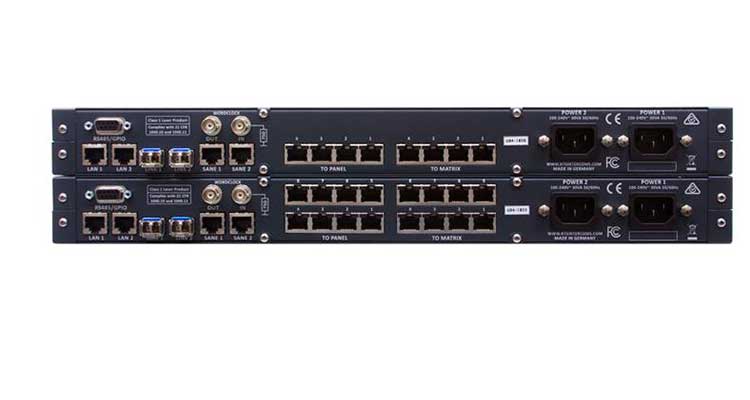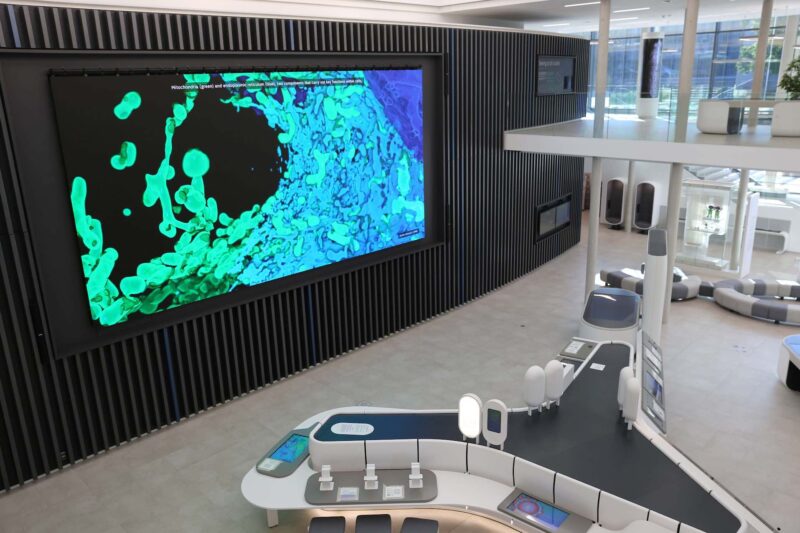RTS Intros Two New Multiplexer Models
 Many broadcasters have studios in multiple geographical locations, with a large number of both analog and digital keypanels in use. With its two new multiplexer models, RTS now offers these users a solution to integrate their analog keypanels into high-performance optical fiber networks. The FMI-4 and FMI-8 are fully compatible with RTS intercom matrices. User keypanels and interfaces from RTS can connect up to four or up to eight analog devices to a matrix over fiber network.
Many broadcasters have studios in multiple geographical locations, with a large number of both analog and digital keypanels in use. With its two new multiplexer models, RTS now offers these users a solution to integrate their analog keypanels into high-performance optical fiber networks. The FMI-4 and FMI-8 are fully compatible with RTS intercom matrices. User keypanels and interfaces from RTS can connect up to four or up to eight analog devices to a matrix over fiber network.
Multiplexing several analog cables into one single optical fiber not only reduces the amount of cabling, it also means less maintenance, allows for easy network configuration via software routing and provides full redundancy in a double fiber configuration. In addition, existing infrastructures can be leveraged by companies already using optical fiber networks.
The two multiplexers units from RTS are:
- FMI-4: multiplexer featuring four RTS compatible four-wire intercom ports with serial control, line level audio inputs and outputs, along with serial data links on RJ45 connectors for communication between intercom matrices and auxiliary devices
- FMI-8: multiplexer featuring eight RTS-compatible four-wire intercom ports with serial control, line level audio inputs and outputs along with serial data links on RJ45 connectors for communication between intercom matrices and auxiliary devices
Instead of wiring each analog keypanels to its corresponding matrix, the keypanels are connected to the optical network and can then be routed to the matrix via software. But not only the wiring of analog keypanels itself is simplified; a fiber connection also allows users to build various network topologies like a ring, star or daisy chain. The data streams are transmitted unaltered and uncompressed, with a fixed latency of only 41.6 µs per node – currently the lowest on the market. Various signals can be mixed and routed, such as analog audio, MADI and Dante. Compared to copper-based networks, a fiber-based network architecture also offers greater bandwidth, lossless signal transmission over large distances and is unaffected by any electromagnetic field.
Once the multiplexers are interconnected in a dual fiber ring, the network is resilient to a single fiber failure and provides full redundancy. This prevents a single fiber fault interrupting the signal between the matrix and the keypanels. The multiplexer devices also feature built-in dual power supplies on board, allowing a permanent connection to a UPS (Uninterruptible Power Supply).





